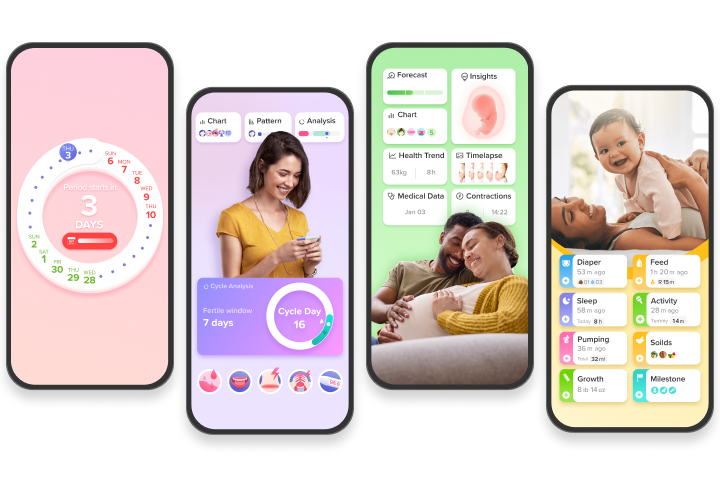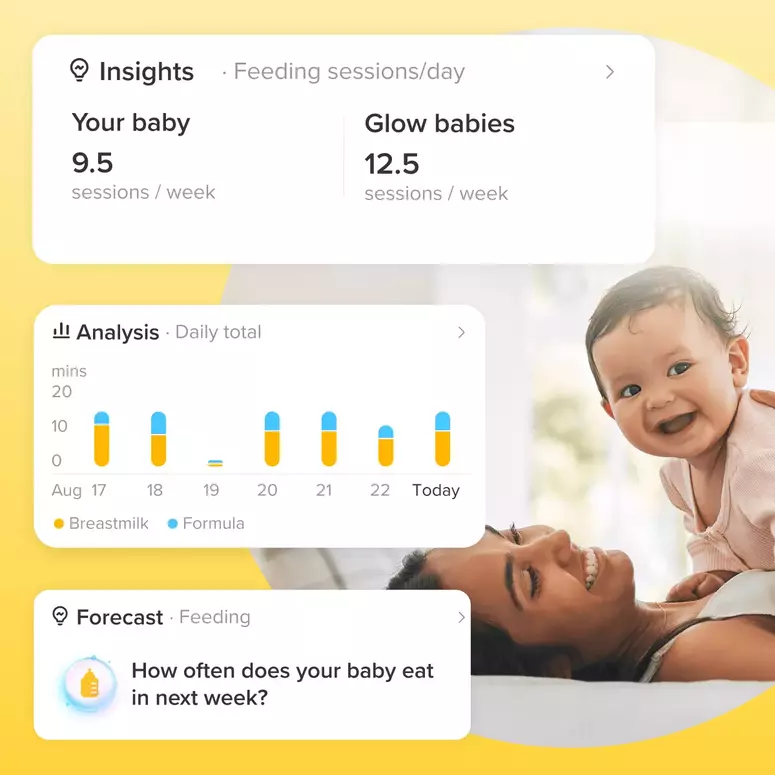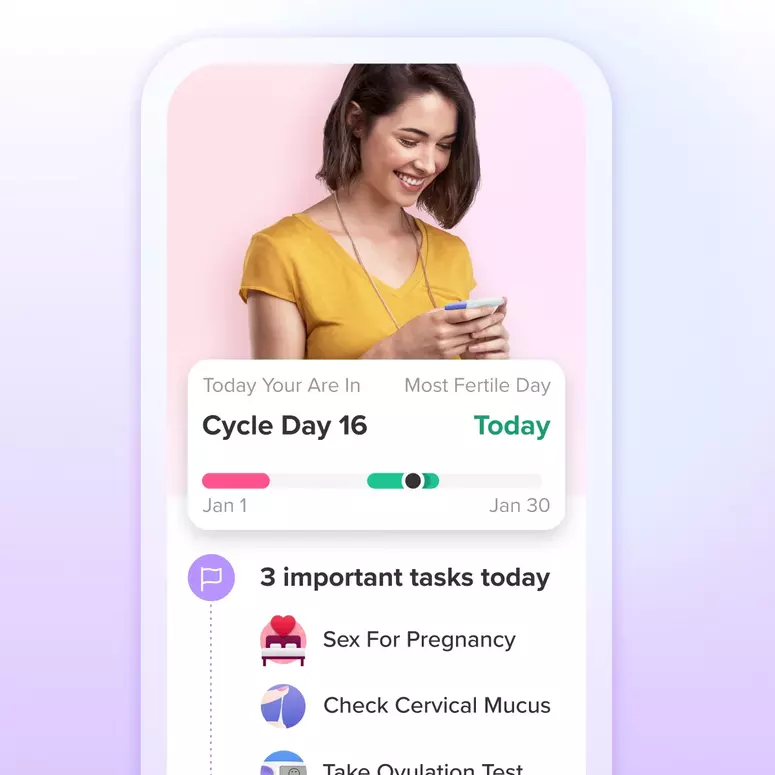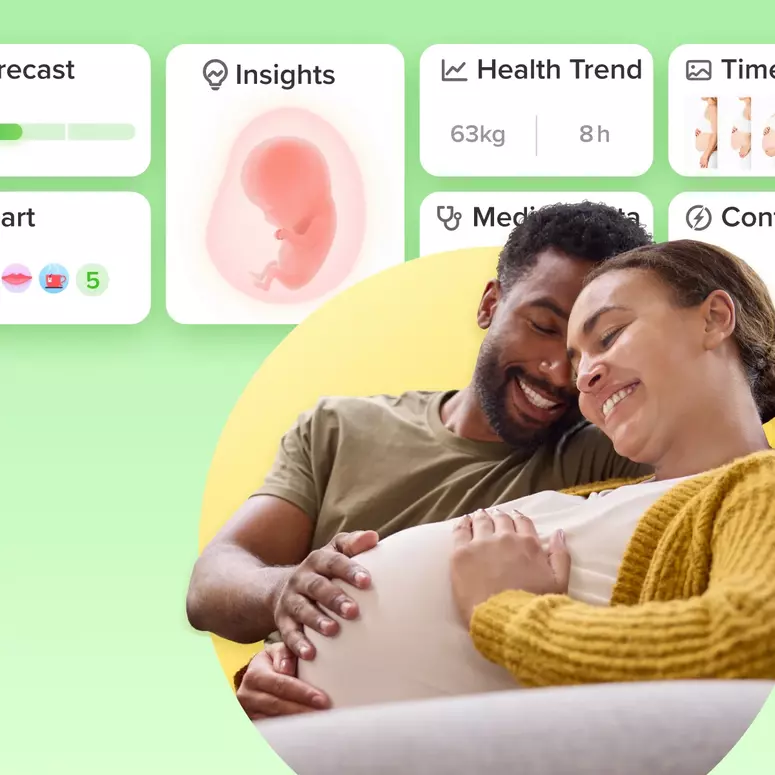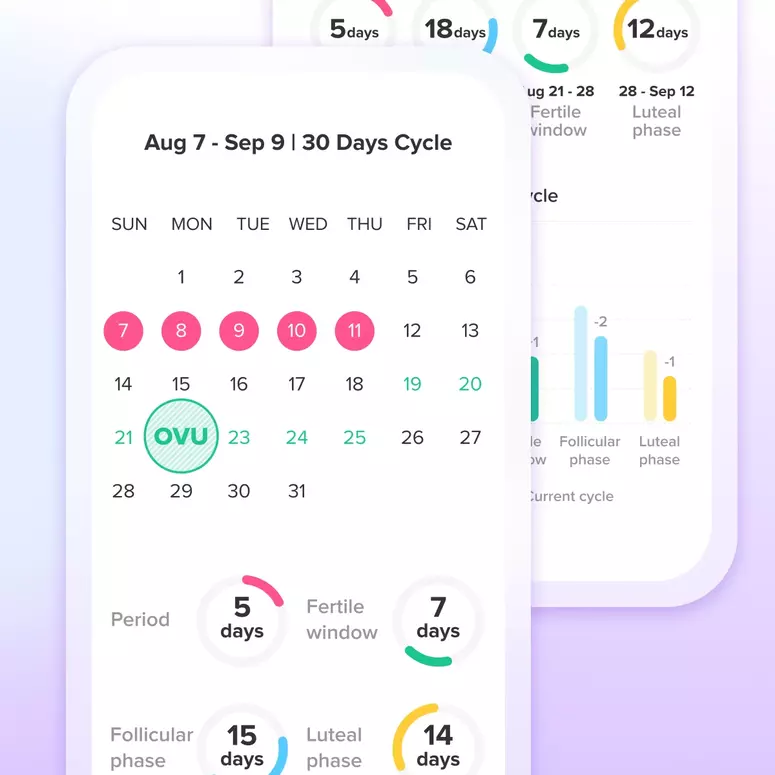Learn about your baby-making parts!
You live in and love your body every day, but how much do you really know about it?
Understanding exactly how your amazing reproductive system works will help you care for yourself even better. So lets brush off that high school biology textbook, because here’s what you need to know about how your parts are put together:

It all starts with the vagina. While we often call our entire vulva “vagina,” medically speaking, your vagina is the internal canal beginning with the opening at your vulva and ending in your cervix. Vaginas are on average four or five inches long, and they’re super elastic. From menstruation to sex to expanding to give birth to a baby, your vagina is incredibly strong and resilient. (Just like us, women!)
Next there is a small opening at the top of your vagina. It's called the cervix. Go thru that and we’ve arrived at the uterus. Your uterus is pear-shaped and very muscular, with hard walls surrounding a small triangular hollow. At its normal, unexpanded size, your uterus is so small it actually couldn’t hold more than a teaspoon of liquid! But just like your vagina, your uterus has the amazing ability to stretch to hold and nourish a growing baby. When you get pregnant, as your baby grows and develops in your uterus, and your uterus expands. And when you go into labor, the uterus’s strong muscles contract to squeeze your baby through your vagina and out into the world.
If we then journey up through the uterus to its top corners, we’ll find tiny openings. These microscopic channels (they’re only 1/70 of an inch wide!) are the entrance to the fallopian tubes. Once you pass through these openings, we reach the fallopian tubes, which are four inches long and branch out at the end into flower-like structures called fimbriae.
When sperm enters your vagina, it makes its way up through the cervix, through the uterus, and finally through the tiny openings from the uterus to the fallopian tubes.
Further into your abdomen, after the uterus and fallopian tubes, lie your ovaries, the organs responsible for making your eggs and your sex hormones. Every month, your ovaries work hard to mature and release an egg in the hopes it will be fertilized. Unlike men, whose bodies are continually producing new sperm, women are born with a set number of eggs. Your body is highly selective, only putting out one or at most two special eggs every month, for a total of about 400 eggs—400 cycles, 400 chances at getting pregnant—over the course of your life.
When the ovaries release this special egg every month, little fingerlike threads, called fimbria, grasp the egg and pull it into the fallopian tube. There, the egg develops and matures before hopefully being fertilized and traveling to your uterus to implant and grow. It’s pretty amazing how many different moving parts of our miraculous bodies come together perfectly to help you get pregnant!
Achieve your health goals from period to parenting.
